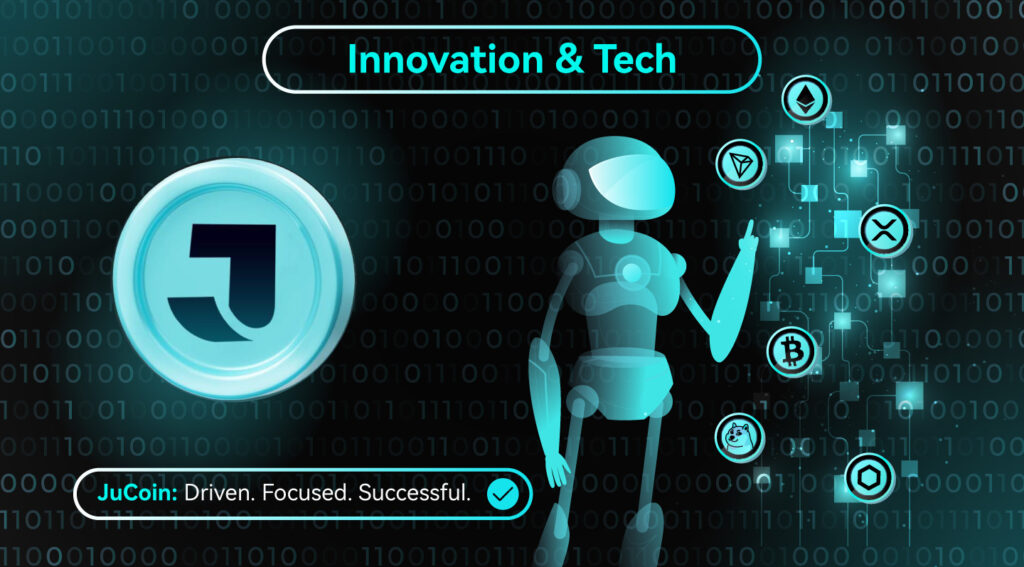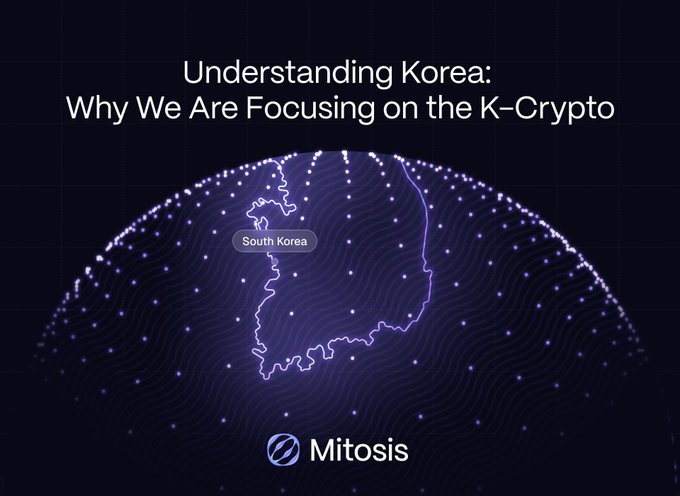
Mitosis is an inter-chain protocol engineered for modularity and interoperability, aiming to unify multiple chains into a single liquidity layer. By leveraging its innovative “StateHub” architecture and a decentralized execution network, it redefines cross-chain communication and liquidity migration. This Innovation and Tech article unpacks its core mechanics, technical architecture, token model, and ecosystem outlook.
Summary: Mitosis is a cross-chain modular protocol that enables native-asset transfers without bridges, shared liquidity, and inter-chain interoperability. Its StateHub framework combines ZK proofs with sovereign executors to deliver composability and security across blockchains.
Core Mechanisms & Design Philosophy
What is Mitosis, and which pain points does it solve?
Mitosis is a modular interoperability protocol that allows multiple blockchains to share state and liquidity. Unlike traditional bridges, it moves native assets across chains without wrapping or trusted intermediaries.
Key design goals:
-
Eliminate asset “islands” between chains
-
Provide a “Composable Liquidity Layer”
-
Build a permissionless, modular cross-chain DeFi system
StateHub Architecture: A Decentralized Trust Layer
How does bridgeless cross-chain work? What role does StateHub play?
The heart of Mitosis is StateHub, a universal, provable state-sync protocol. Each connected chain hosts a lightweight Verifier module that uses ZK proofs to validate cross-chain state without fully trusting other networks.
StateHub’s three core components:
-
Mitosis ZKVM: Generates ZK proofs for cross-chain state changes
-
Sovereign Executors: Verify proofs and execute state updates on target chains
-
Shared Contract Templates: Deployed across chains to coordinate state sync and asset transfers
Liquidity Sharing & Native-Asset Transfers
How are liquidity islands bridged?
Instead of locking/wrapping assets, Mitosis transfers native tokens directly:
-
A user initiates a transfer on Chain A
-
ZKVM generates a proof, which a Sovereign Executor submits to Chain B’s contract
-
Chain B releases or mints the native asset based on the proof
This bridgeless model drastically reduces attack surfaces (e.g., Wormhole exploits).

Modular Design & Multi-Chain Extensibility
Which chains can plug in now, and what’s planned?
Mitosis’s modular components adapt to various VMs (EVM, WASM, MoveVM). Supported or planned integrations:
-
Cosmos SDK (via IBC)
-
Ethereum L2s (Arbitrum, Optimism)
-
Solana (planned)
-
Emerging Chains (Monad, Fuel, Aptos, etc.)
As a neutral protocol layer, StateHub doesn’t impose chain-specific logic, enabling seamless interoperability anywhere.
Token Model & Incentives
While no native token is live yet, the whitepaper envisions:
-
Sovereign Executor Staking: Stake to participate in proof submission
-
StateHub Governance: Token-based votes for protocol upgrades
-
Liquidity Provider Rewards: Fee sharing for cross-chain liquidity contributions
Tokenomics will center on “trustworthy execution + state sync + liquidity governance.”
Investment Opportunities & Risks
Opportunities:
-
Pioneering a “bridgeless cross-chain” narrative
-
Enduring demand for native-asset transfers
-
Compatibility with major ecosystems (EVM, Cosmos, Solana)
Key Risks:
-
Early sovereign executors pose centralization risk
-
ZKVM costs and cross-chain latency need optimization
-
Token launch details pending — beware speculative volatility
FAQ
What does Mitosis do?
A modular cross-chain protocol for state sync, asset transfers, and shared liquidity.
How is it different from traditional bridges?
No wrapped assets or intermediaries—moves native tokens and verifies state directly.
Is there a token yet?
Not yet; a governance/incentive token is planned.
Is the mainnet live?
Currently in testnet; mainnet expected late 2025.
Which chains are supported or coming?
Ethereum, Arbitrum, Optimism, Cosmos, Solana, and more.
Key Takeaways
Mitosis uses modular ZKVM and StateHub for cross-chain interoperability and state sync
Bridgeless native-asset transfers improve security
Compatible with major ecosystems: Ethereum, Cosmos, Solana
Sovereign executors combine decentralized validation with incentives
Shared-liquidity model boosts capital efficiency across chains





